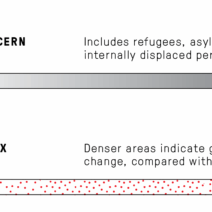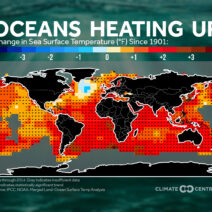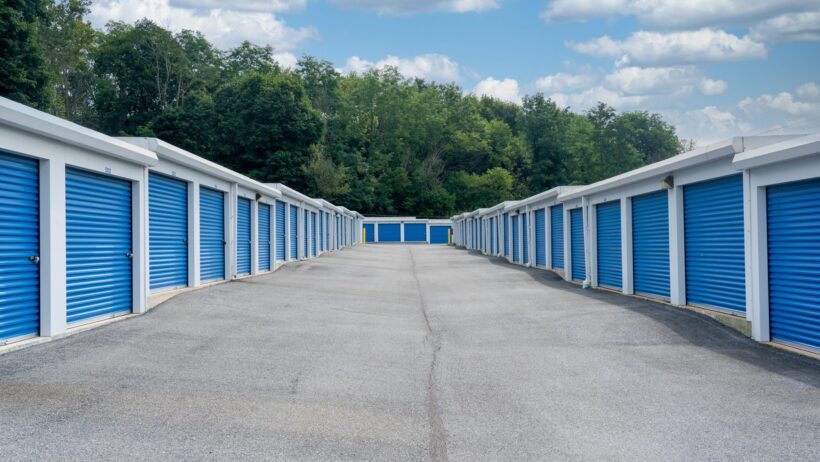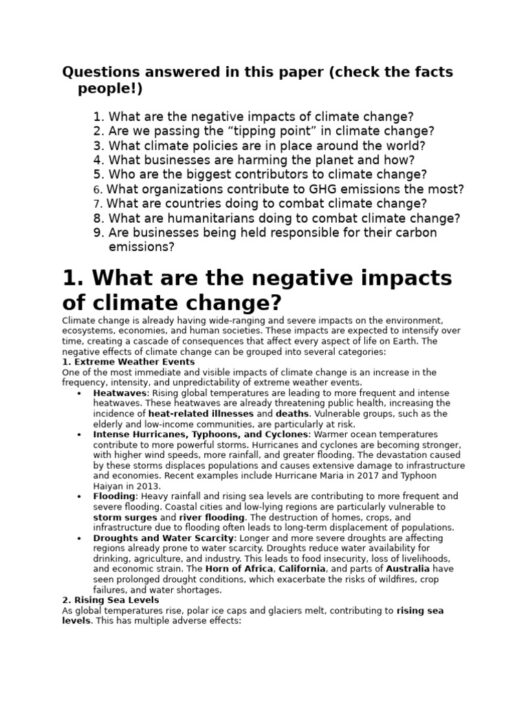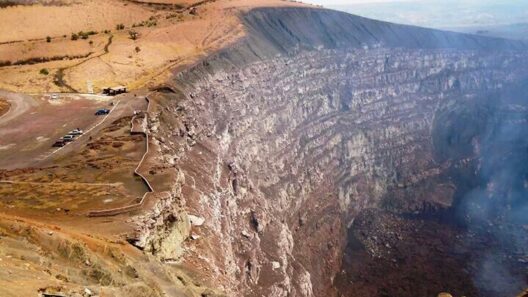When considering a storage unit, particularly a non-climate-controlled one, it’s imperative to understand which items can be safely stored without risking damage. Various factors dictate the appropriateness of certain belongings, including temperature fluctuations, humidity levels, and environmental sensitivities. Below, we will delve into an array of items that can typically be accommodated in non-climate-controlled units.
1. Outdoor Equipment
Outdoor recreational equipment such as bicycles, camping gear, and lawn furniture are prime candidates for non-climate-controlled storage. These items are often designed to withstand exposure to the elements. However, it’s advisable to clean and dry them thoroughly before storage to prevent mold growth or rust.
2. Vehicles
Non-climate-controlled units can serve as a temporary shelter for cars, motorcycles, and boats. Vehicles that are used seasonally, such as convertibles or classic cars, can benefit from being stored in a dry environment where they are protected from harsh weather conditions. To maximize their longevity, ensure that the gas tank is full, the battery is disconnected, and tires are properly inflated.
3. Non-Perishable Goods
A variety of non-perishable household items are suitable for non-climate-controlled storage. Canned goods, dry foods, and other non-perishables can be stored without much concern. However, it’s wise to avoid storing items alongside food that is sensitive to temperature, such as chocolate or certain spices, which can lose flavor or texture if subjected to extreme temperature changes.
4. Books, Magazines, and Documents
While books and important documents can be stored in non-climate-controlled environments, caution is necessary. Humidity and temperature variations can lead to warped pages and ink deterioration. It is sensible to place them in airtight containers to mitigate moisture absorption and to keep them off the ground to prevent damage in case of flooding.
5. Furniture
Wooden furniture can fare well in non-climate-controlled storage, provided it is safeguarded against moisture. Consider applying a protective finish to wooden surfaces before placing them in storage. Metal furniture is also acceptable, but rust can develop if it is exposed to high humidity. Plastic furniture can be stored without concerns about moisture or temperature.
6. Seasonal Decorations
Holiday decorations, including lights and ornaments, can be stored efficiently in non-climate-controlled units. They are typically made from materials that are not susceptible to minor fluctuations in temperature. However, fragile items should be packed with care to prevent breakage and should be stored in sturdy boxes to ensure their integrity.
7. Clothes and Textiles
When it comes to clothing, certain categories are better suited for non-climate-controlled storage. Outerwear, shoes, and other items that are less likely to be affected by fluctuating temperatures can be stored without issue. It’s advisable to use breathable garment bags for delicate or vintage clothing to prevent potential deterioration from moisture and pests.
8. Tools and Hardware
Hand tools and hardware are generally suitable for non-climate-controlled units. However, it’s crucial to ensure that items are clean and dry to avoid rust and corrosion. Treating metal tools with a protective oil can also help extend their lifespan. Store them in a well-organized manner to ensure easy access for future use.
9. Art and Collectibles
Storing art and collectibles in non-climate-controlled environments poses more risks than benefits. While some materials may endure minor temperature changes, valuable art should be stored in a climate-controlled facility to protect it from damage. If storage is unavoidable, consider wrapping each piece in protective materials and keeping them elevated off the ground.
10. Appliances
Large appliances such as refrigerators, washers, or dryers can be accommodated in non-climate-controlled units, but precautions must be taken. Before storage, ensure they are clean and dry. Leaving the door ajar can prevent mildew formation inside. Additionally, avoid storing them in direct contact with the floor to guard against potential water damage.
Conclusion
Understanding what can be stored in a non-climate-controlled storage unit is critical for preserving the condition of your belongings. While a multitude of items can be effectively stored, individuals should remain vigilant and take necessary precautions. In all cases, consider climate conditions throughout the year in your locality and inspect your stored items periodically to mitigate any unforeseen damage caused by temperature variations or humidity levels. By being proactive and well-informed, you can maximize the utility of your non-climate-controlled storage unit.

